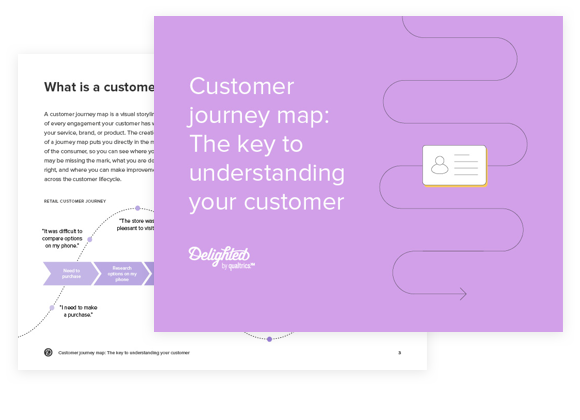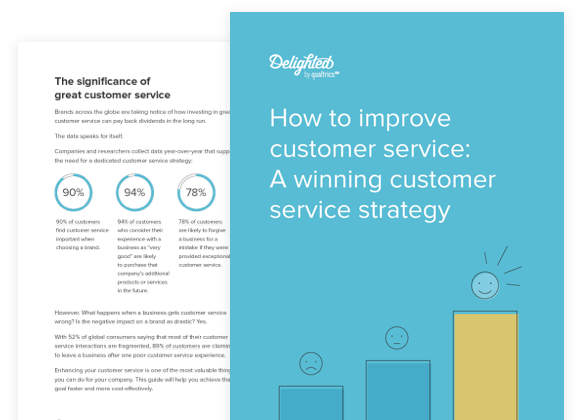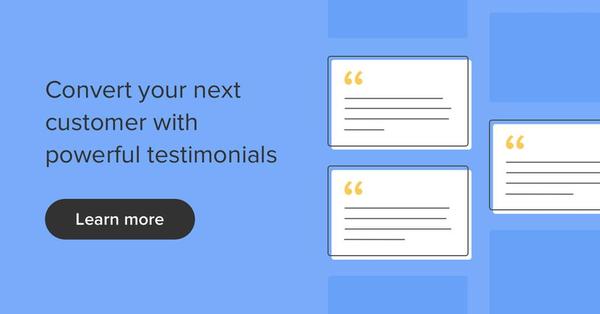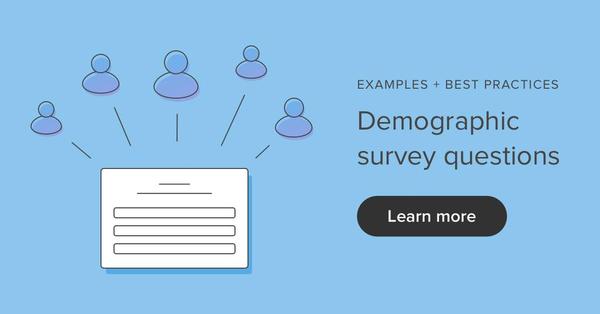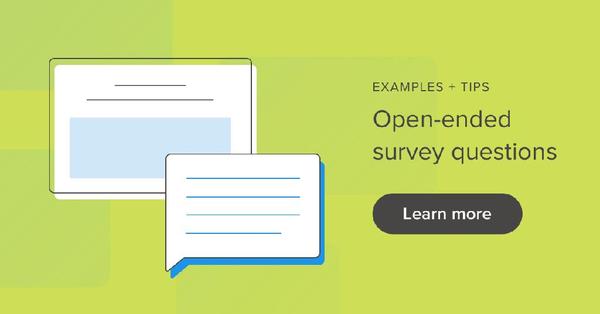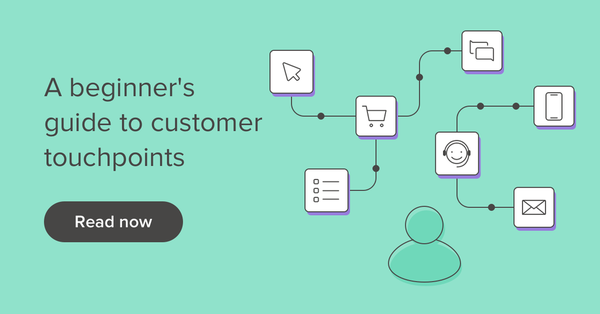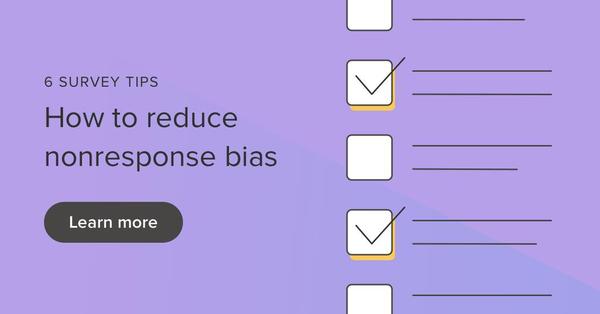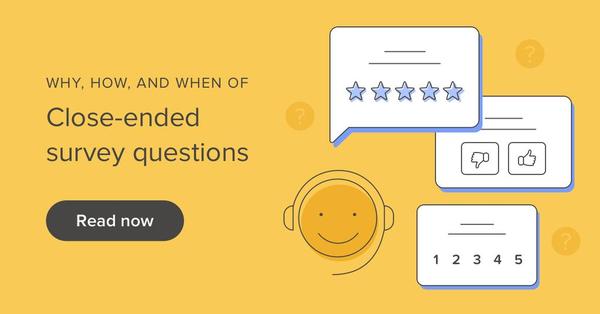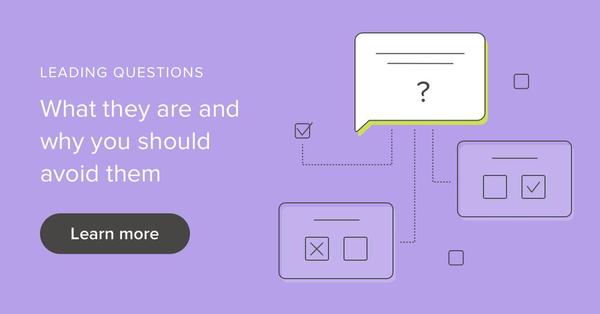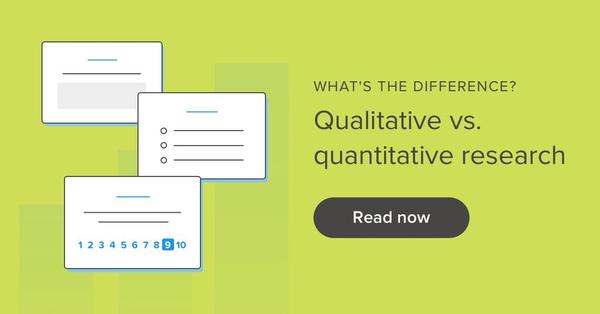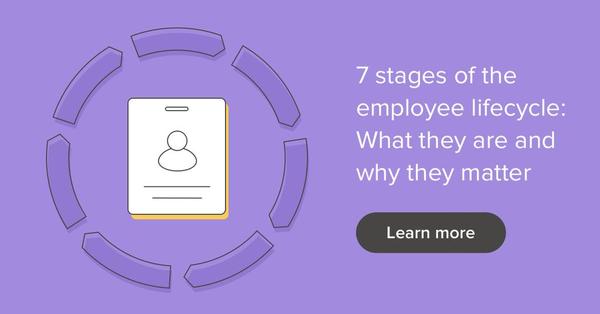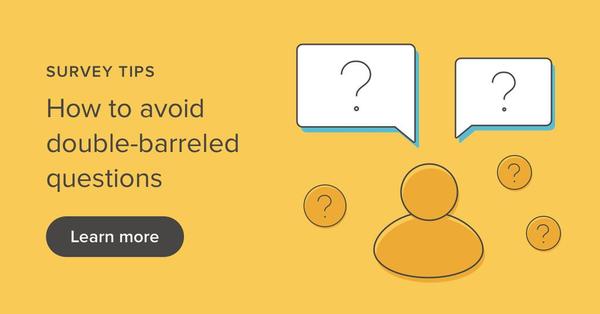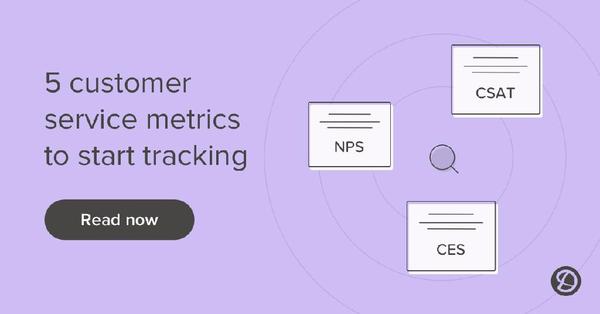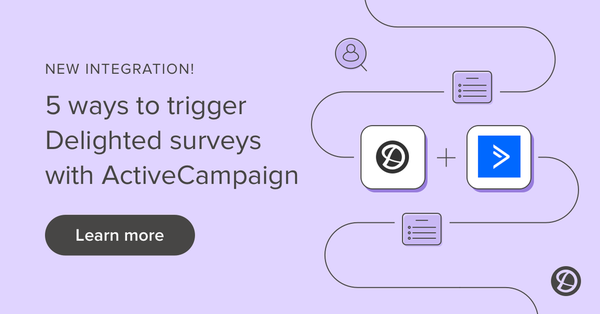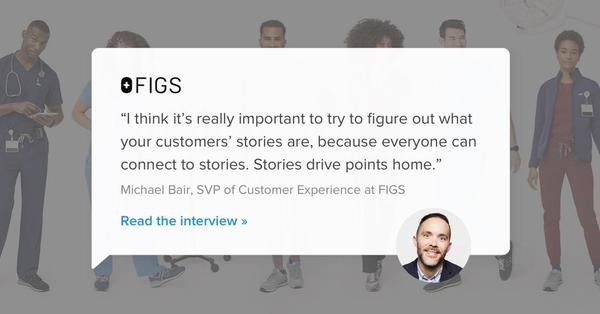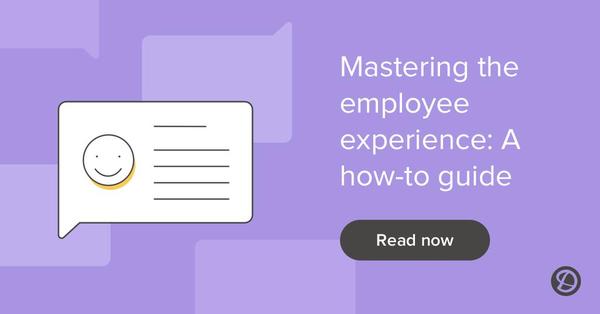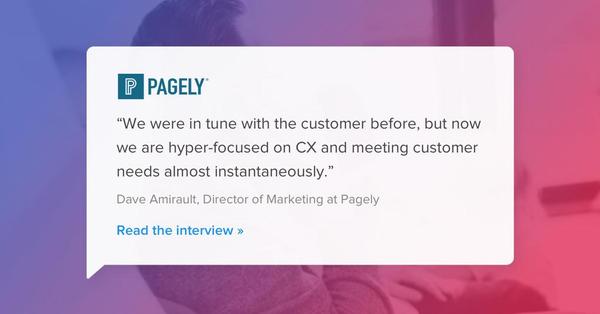
Pagely
Tell us about your roles at Pagely.
Dave: I’m Dave Amirault, I’m the Director of Marketing for Pagely. With us today is also Kirill Mendeleyev.
Kirill: I’m Kirill. I’m a Strategic Account Manager and an Onboarding Specialist. I work as a middleman between all departments including Marketing, Support, and DevOps.
We’ve been using Delighted for a bit now and I’m very eager to talk about the platform in detail. Delighted is definitely better than what we used previously.
How do you differentiate yo...
Dave: I’m Dave Amirault, I’m the Director of Marketing for Pagely. With us today is also Kirill Mendeleyev.
Kirill: I’m Kirill. I’m a Strategic Account Manager and an Onboarding Specialist. I work as a middleman between all departments including Marketing, Support, and DevOps.
We’ve been using Delighted for a bit now and I’m very eager to talk about the platform in detail. Delighted is definitely better than what we used previously.
How do you differentiate yo...



